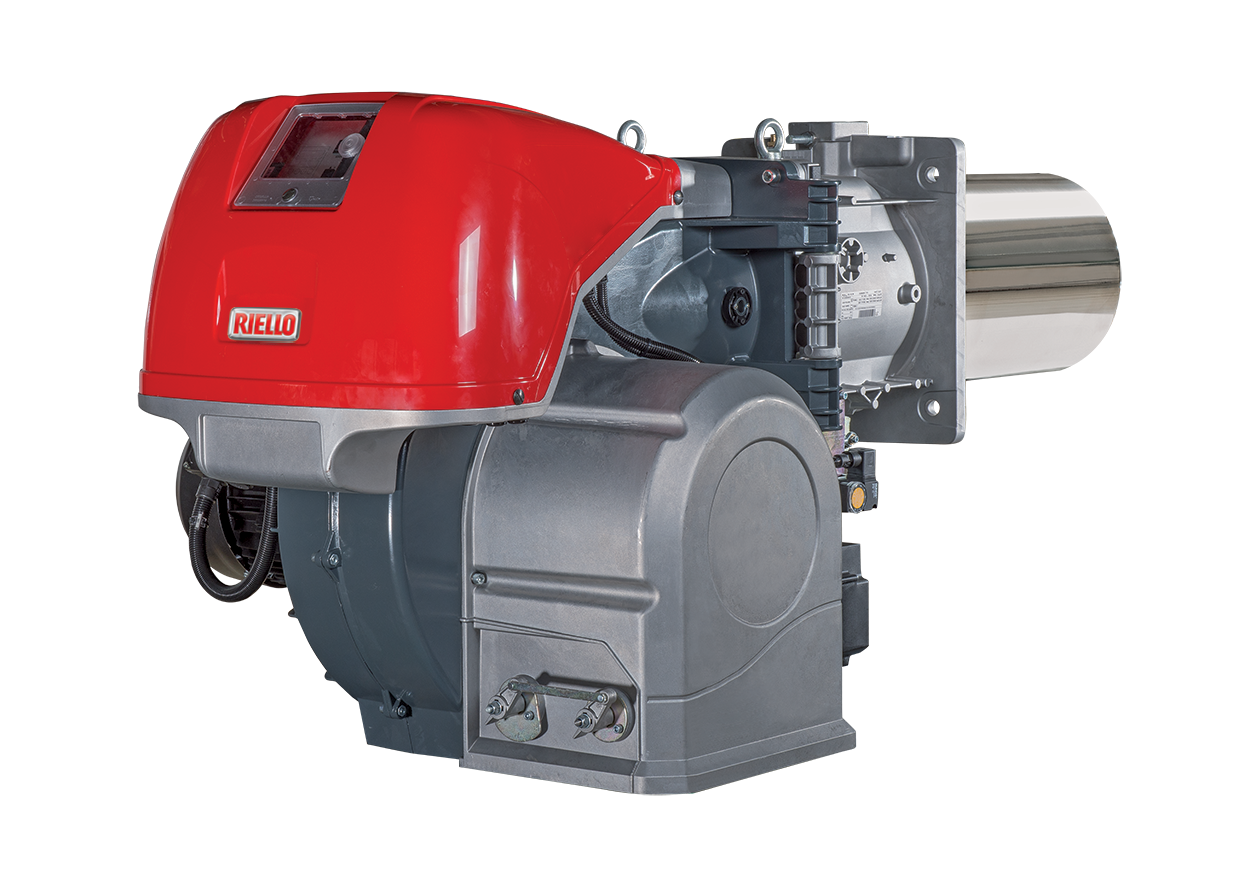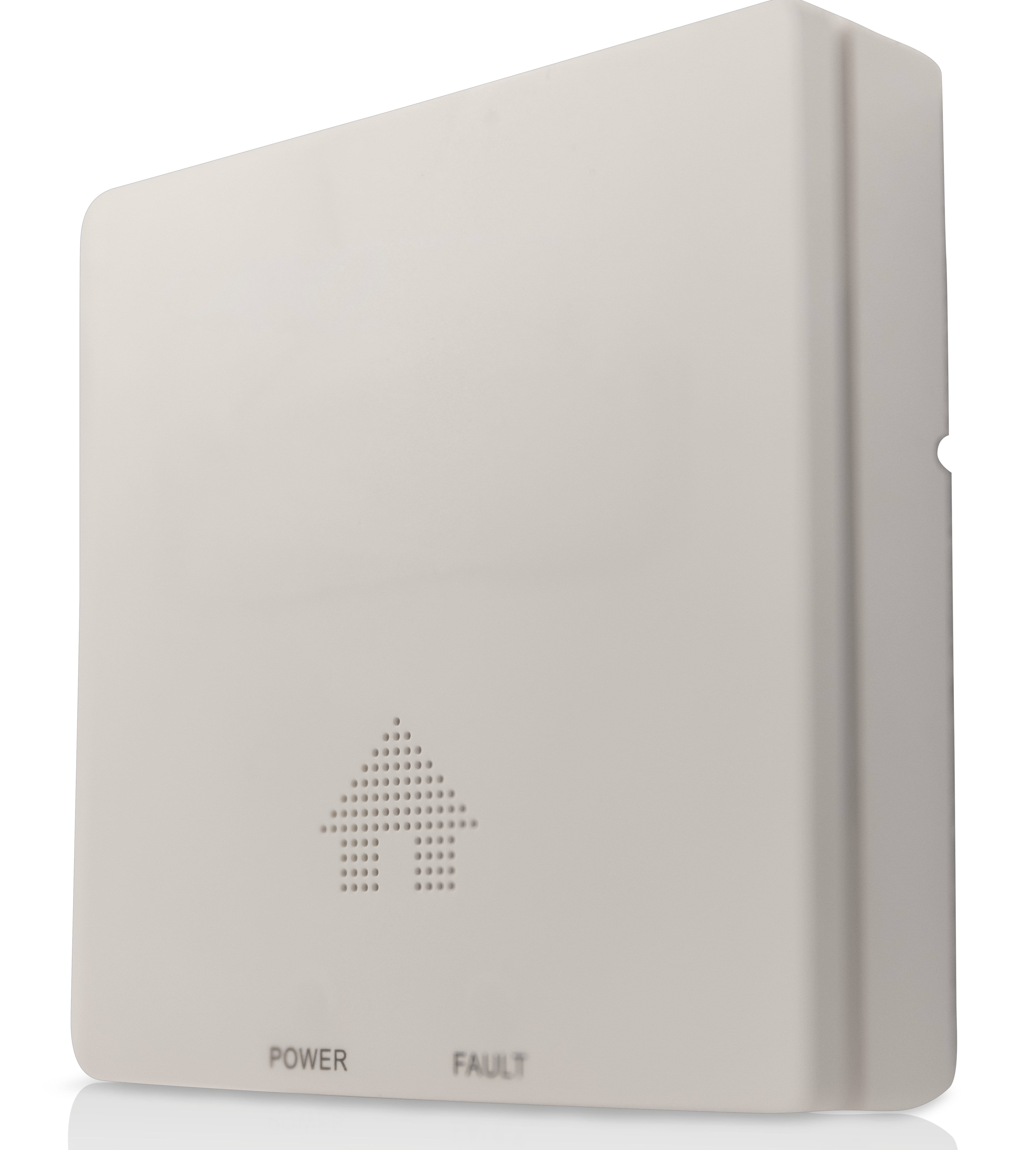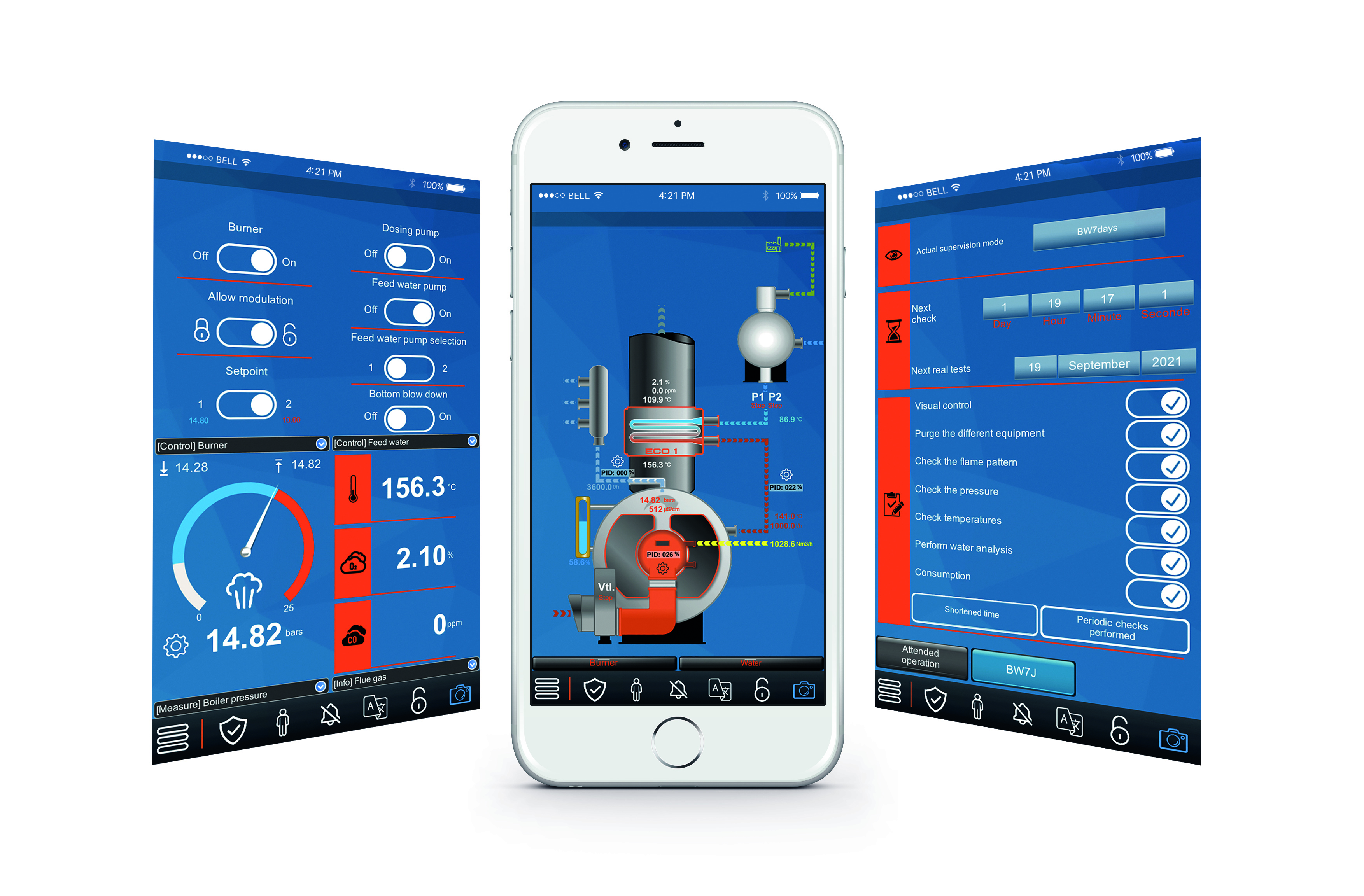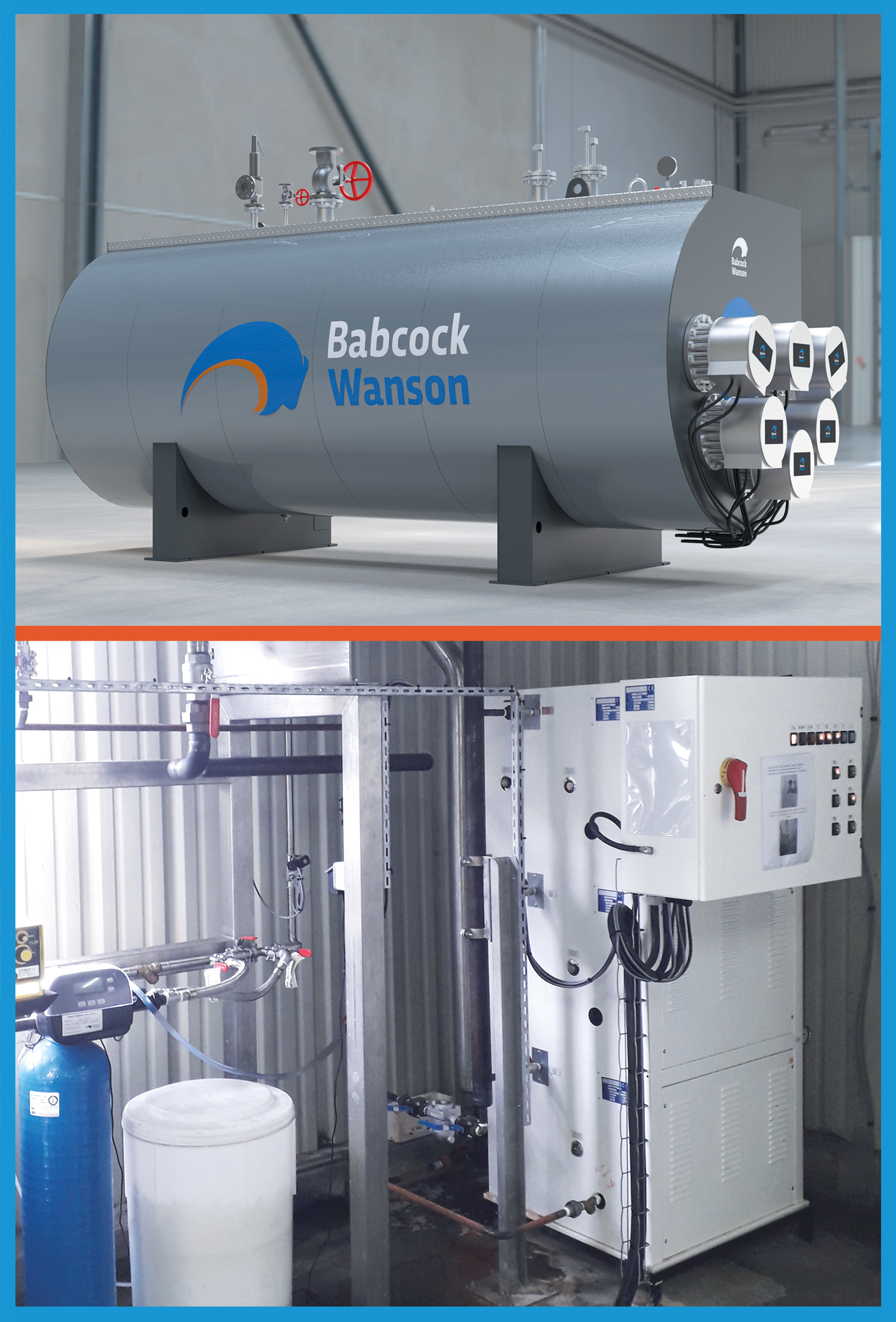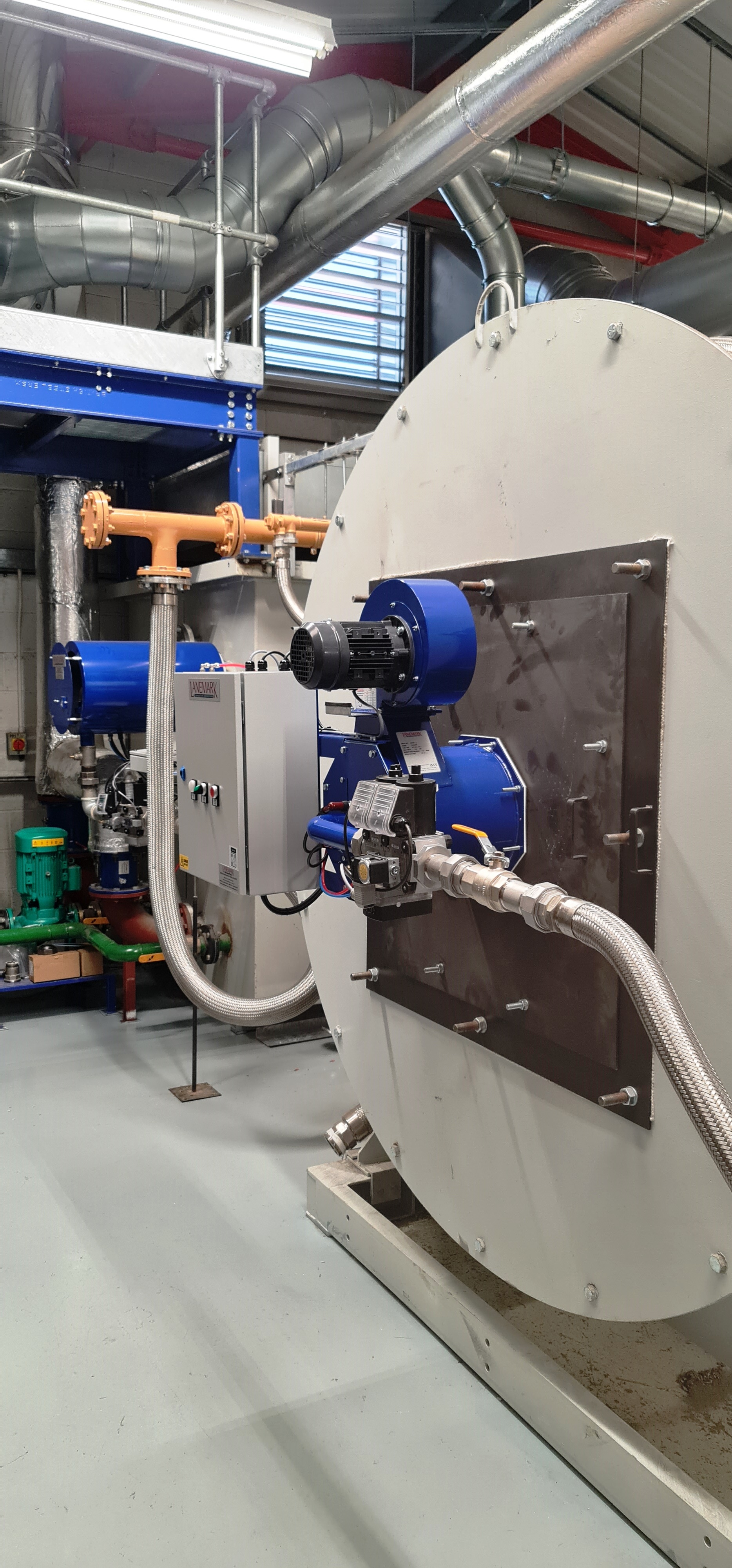Unattended boiler operating systems have been in use for over 20 years, traditionally by organisations whose operational hours extend beyond the standard and may not have a full gamut ofboiler house staff on site during these times. Recent years have seen a considerable acceleration in both the popularity of these systems (our customers now ask for it as standard) and the length of time they are able to safely operate unattended, going from the usual three days up to seven. But what is driving the growth of unattended boiler operating systems?
From our experience, the answer appears to be a combination of necessity, a greater awareness of the wide ranging benefits to be had from these systems, and clear guidance on how they are to besafely deployed. Necessity stems from the lack of qualified, experienced staff to operate steam plant, which was amplified by Brexit and now, more recently, by the covid pandemic. Awareness of the benefits includes an understanding of theimproved safety and cost effectiveness that these systems can bring to bear. The guidance comes in the form of BG01 Guidance on Safe Operation of Boilers.
But before we look at these aspects in more detail, let’s recap.
What is an unattended boiler operating system?
An unattended boiler operating system, such as the Babcock Wanson BW3DAYS, permits uninterrupted operation for a set period (usually of up to six months) and unattended boiler operation, most commonly for up to three days.
The system can be set at commissioning for daily or three day checks depending on a risk assessment of the customer’s steam process and their degree of monitoring of the water treatment system employed - all in accordance with the latest BG01 Guidance on Safe Operation of Boilers.
It's important that these systems at the very least meet BG01 Typical Arrangement 2, which outlines the minimum equipment required for a boiler with critical alarms monitored on-site by a remote panel located in a manned area such as a gatehouse. Ideally, they should also meet BG01 Typical Arrangement 3, which is aimed at the lowest degree of supervision, where no boiler operators could be on-site for up to 72 hours, and with status monitoring and boiler safety shutdown by a remote location/telemetry system.
Once set up for unattended operation, all the user needs to do is monitor for any operational alarms and undertake a very simple check every three days, which is completed without interfering with boiler operation and is acknowledged to the boiler control system, thereby ensuring the tests are completed to the operating schedule.
Virtually all steam boilers can be adapted to work with unattended boiler operating systems and nearly all manufacturers supply such systems. However, there are occasions when the introduction of such a system is not feasible or may not be considered necessary. Very old equipment - 40 or more years – would involve changing so many components to make it compliant with BG01 that ultimately the expense and complexity of doing so would actually make buying a new system a better option. And, of course, sites that operate 24/7 where staff are always present are unlikely to adopt an unattended boiler operating system (although even here there are benefits to be had!).
Unexpectedbenefits
Apart from the obvious cost and convenience of being able to run a boiler without operator attendance, unattended boiler operating systems have a number of benefits that you may not have factored in.
Top of this list is a lower boiler operation cost. This is achieved through the replacement of daily boiler water level control checks by a simple 15 minute test every three days. The test can be undertaken without stopping the boiler thereby avoiding interference with normal production requirements. Furthermore, the mandatory daily/weekly boiler water level control evaporation test is replaced with a six monthly test, thereby reducing overall manning and operational costs. Overall energy savings are achieved when boilers are controlled by an unattended boiler operating system, along with reduced emissions.
Obviously, any savings made have to be offset against the annual cost of the system, but this is a fraction of the cost when compared to the labour savings made, especially if staff are being paid extra to work at weekends, evenings etc.
Next in line in driving the popularity of these systems, is the ease of operation. Self-checking burner controls, for example, enableuninterrupted, unattended burner operation.
Improved safety and conformance with current and future UK & EU legislation is also a key benefit and one that even 24/7 operational sites that are fully staffed are increasingly attracted to. Unattended boiler operating systems have to meet Safety Integrity Level (SIL) 2; SIL being a measurement of performance required for a safety instrumented function (SIF). Based on the IEC 61508 standard, four SILs are defined, with SIL 4 the most dependable and SIL 1 the least. Many manually operated systems are at the lowest SIL level 1.
What makes for a good system?
Virtually all manufacturers offer unattended boiler operating systems to accompany their steam generators and boilers, but as you might expect they are not all equal (although they do all have to meet BG01). One of the key differentiators between manufacturer’s systems is the interface with HMI, controls and operation. A good system should have in-built data logging of activities and details of HMIs. Generally, they have a wider range of functions, making them more valuable.
Taking unattended operation to the next level
Three day unattended boiler operating systems (essentially covering a weekend) are the standard and are written in to BG01 Guidance on Safe Operation of Boilers, the revised version of which was released in 2020. But, with the introduction of seven day unattended boiler operating systems, those guidelines are already behind the curve.
A relative newcomer to the market, seven day systems operate with the same principle as three day systems but have many additional benefits including extensive data logging, providing the user with valuable information. Ideally seven day systems should meet BG01 Typical Arrangement 3 with a boiler house risk assessment on both the boiler feed water and returning condensate conditions. Further water analysis equipment may need to be fitted, along with further boiler house protection systems such as fire detection to meet this high level of unattended operation, but the benefits are considerable.
Babcock Wanson’s BW7DAYS system, which comes with automatic Total Dissolved Solids Control, is the first seven day unattended boiler operating system to market and has proven highly popular. It features the unique and innovative NAVinergy remote monitoring system which integrates all of the components necessary for the supervision and management of the boiler room: control, regulation, recording, visualisation and communication. It enables organisations to monitor their boiler room from any device, anywhere in the world. All relevant data - including regular tests - is recorded, saved and stored on a compact flash type memory which also records normal boiler operating data; all of which can be easily downloaded to a standard PC for record keeping. The cost to upgrade from a three to a seven day system is negligible, which makes it all the more appealing.
Unattended boiler operating systems fills a gap
In 2021, the IET reported an estimated shortfall of over 173,000 workers in the STEM sector, which equates to an average of ten unfilled roles per business in the UK. Its recent Skills Survey shows that half of engineering businesses are experiencing difficulties in recruiting skilled staff. These staff are in such short supply that more and more businesses are having to look at other solutions, primarily automation of plant. Unattended boiler operating systems that provide seven day cover will only become more prevalent in the UK to meet this skills gap.
Babcock Wanson offers a complete range of products and services for boiler houses and other process heating needs.
02089537111
This email address is being protected from spambots. You need JavaScript enabled to view it.m
www.babcock-wanson.com
This article can also be foud in the issue below
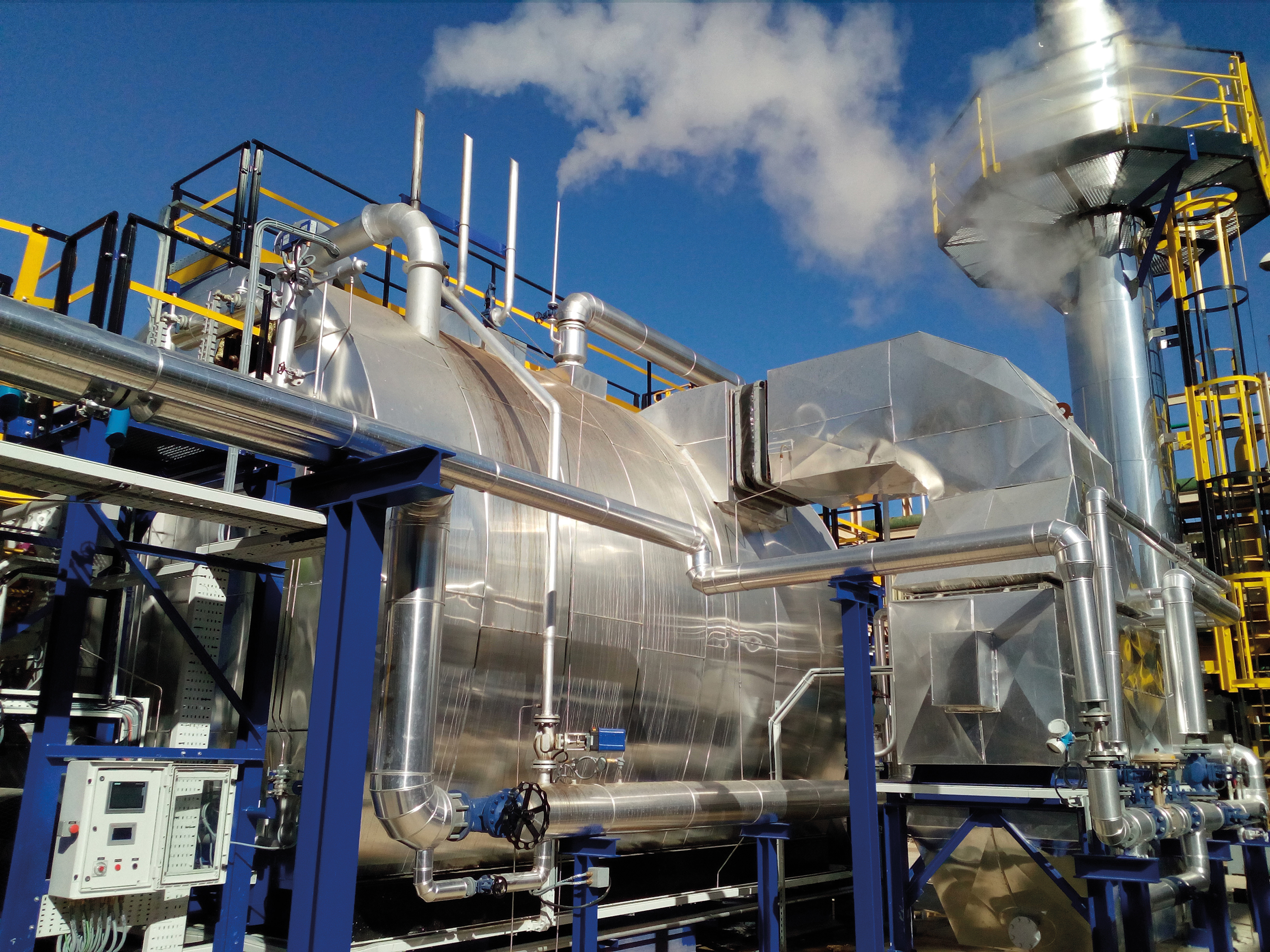


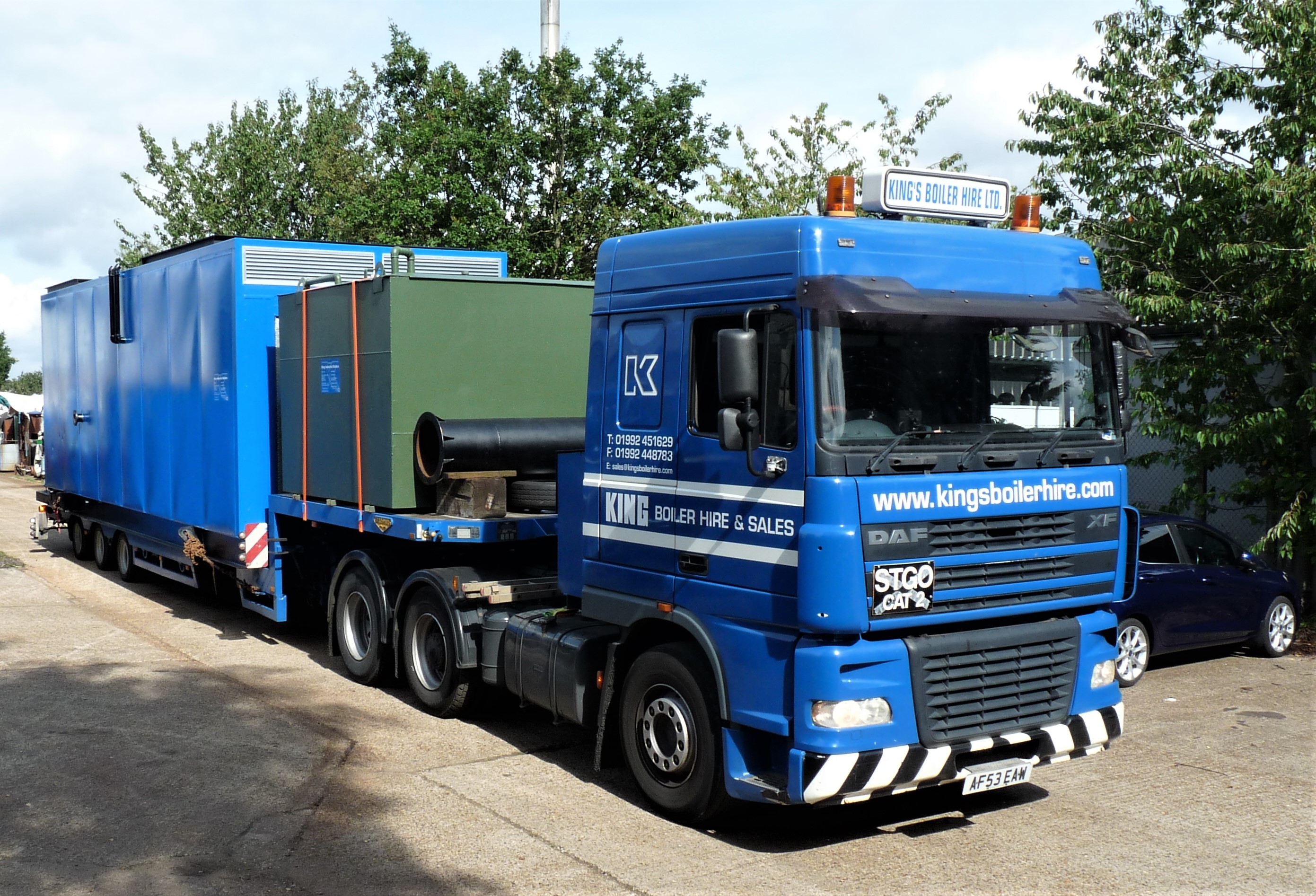 Kings have over 80 years’ experience in supplying boilers for all types of commercial and industrial applications
Kings have over 80 years’ experience in supplying boilers for all types of commercial and industrial applications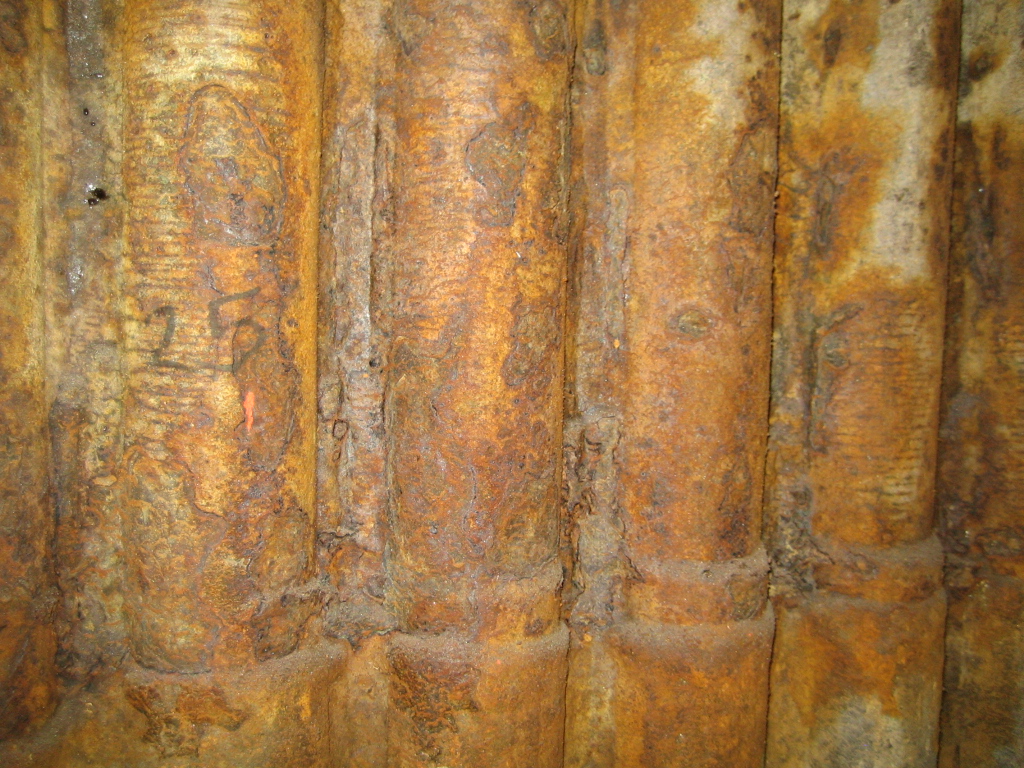 Corrosion and Erosion are major concerns for all Waste-to-Energy and Biomass facilities. Highly corrosive operating environments present maintenance challenges which, if left untreated, can lead to costly asset failures and unplanned outages.
Corrosion and Erosion are major concerns for all Waste-to-Energy and Biomass facilities. Highly corrosive operating environments present maintenance challenges which, if left untreated, can lead to costly asset failures and unplanned outages.
